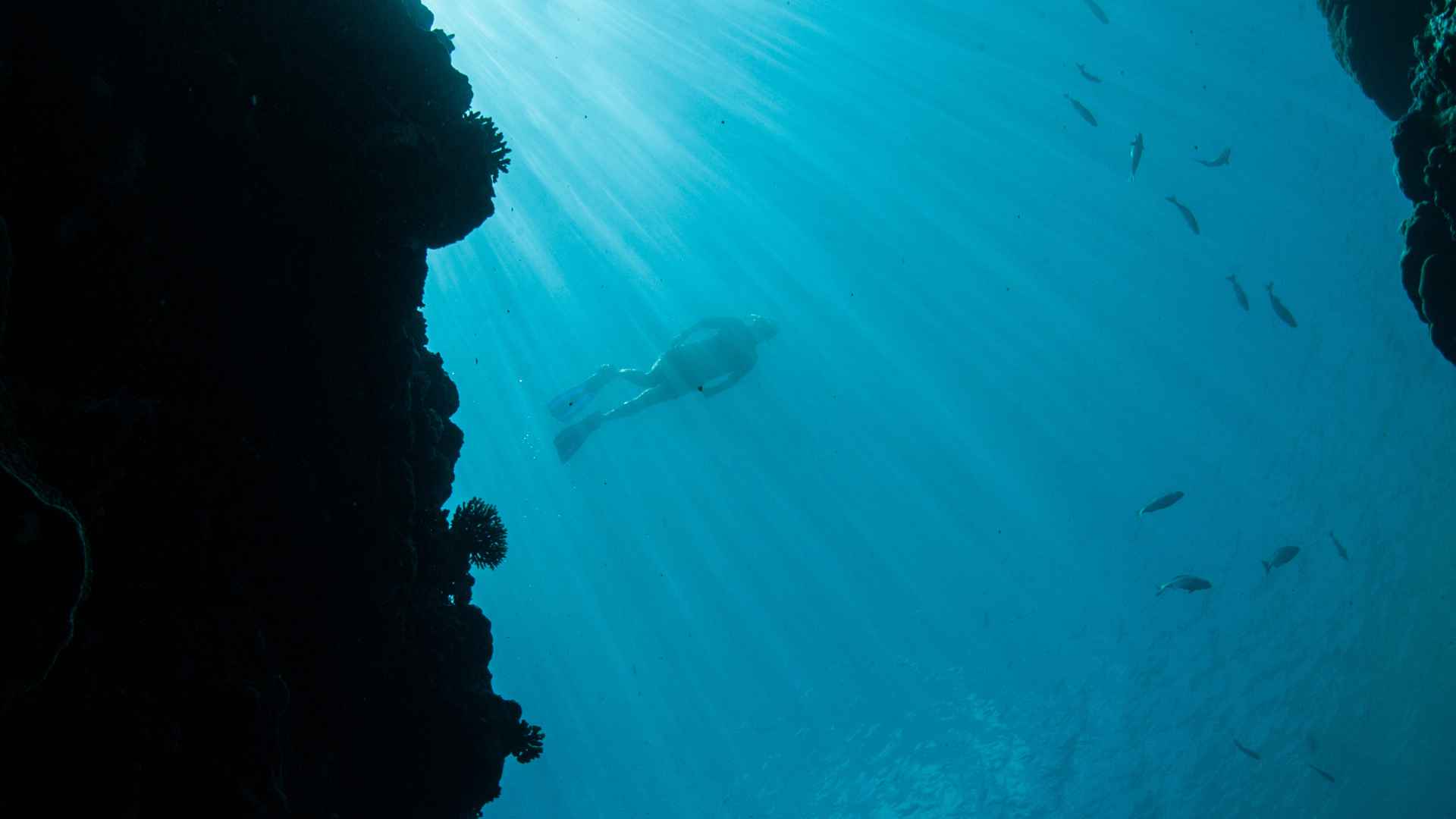North Sea winds could feed a 300‑gigawatt network of turbines and electrolyzers, yielding up to 45,000 tons of green hydrogen a year for homes, factories, and trucks across the continent.
Europe has just pulled back the curtain on what officials call the largest clean‑energy reserve ever identified beneath the ocean surface. Centered in the wind‑whipped North Sea, the project links massive offshore wind farms with electrolyzers that split seawater, creating hydrogen without carbon emissions. If everything clicks, ordinary households, steel mills, and long‑haul fleets could tap a new fuel stream as early as the end of this decade.
How offshore wind could churn out 300 gigawatts to power Europe’s bold hydrogen plan
First, the numbers. Planners from Germany, Denmark, the Netherlands, and Belgium say shallow waters allow dense clusters of turbines, together rated at roughly 300 GW—nearly double the EU’s entire current wind capacity. Turbines funnel electricity straight to floating or platform‑mounted electrolyzers, trimming transmission losses and slashing the footprint on crowded coastlines.
So why the buzz now? Developers have started piloting multi‑turbine “Windcatcher” walls that capture gusts from several directions, driving up output while cutting costs by as much as 20 percent, according to preliminary project sheets. Pretty impressive, right? Key advantages at a glance
- Constant, high‑speed winds raise turbine capacity factors above 50 percent.
- Proximity to busy ports simplifies hydrogen loading and export.
- Electrolysis by‑product—pure oxygen—can serve nearby chemical hubs.
- Linking grids of four countries spreads both risk and investment.
Those perks, however, don’t erase the hurdles.
High capital costs and uneven rules threaten to stall Europe’s hydrogen treasure hunt
Industry analysts warn that only a handful of gigawatt‑scale ventures have secured full permits. Initial build‑out could run €400 billion, and each member state still sets its own safety codes, subsidy rules, and grid fees. Sound messy? It is. Brussels must finalize a unified “Hydrogen Backbone” framework fast, or investors may look elsewhere.
| Milestone | Target year | Current status |
|---|---|---|
| Final EU‑wide safety standards | 2026 | Draft in consultation |
| First 10 GW of offshore electrolyzers | 2028 | Two demo sites funded |
| 45,000‑ton annual production mark | 2030 | Feasibility confirmed |
Still, the momentum is real. Norway’s Equinor and Spain’s Iberdrola have joined forces with regional governments to turn decommissioned oil platforms into hydrogen hubs—a symbolic shift from fossil to renewable resources. Could the North Sea become Europe’s new “energy basin”? The question is no longer if, but how quickly.
What happens next, and why you might care even outside Europe
Cheaper green hydrogen would ripple through global supply chains, trimming the carbon footprint of everything from aluminum cans to cargo ships. U.S. firms eyeing similar Gulf of Mexico ventures are watching Brussels’ playbook closely. After all, who wants to miss out on a cleaner energy gold rush?
In the coming months, expect knotty negotiations over subsidies, port upgrades, and cross‑border pipelines. Yet the prize—a resilient, low‑carbon economy—makes the effort hard to ignore. Stay tuned; the tide is turning, and Europe is betting big on wind and water.

